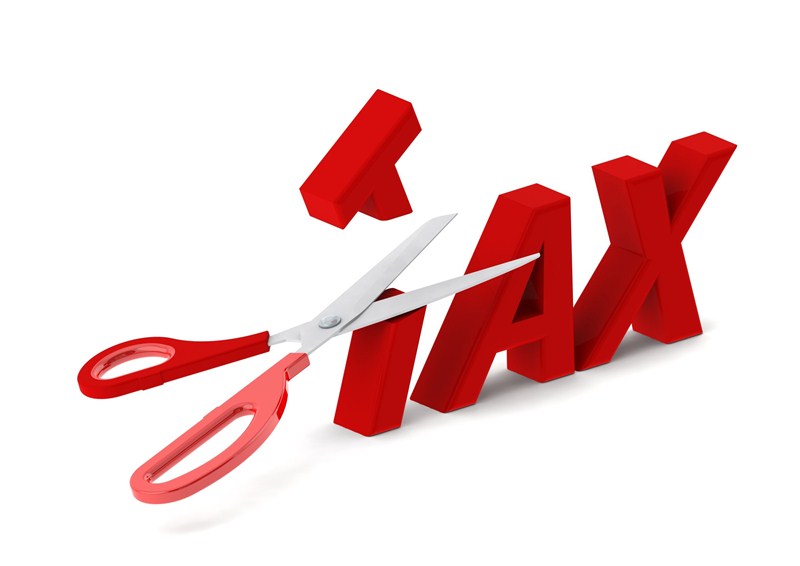The Capital Gains Tax (CGT) rules that apply during separation and divorce changed for disposals that occur on or after 6 April 2023. These changes extended the period for separating spouses and civil partners to make no gain/no loss transfers for up to three years after they cease to live together. The new rules also provide for an unlimited time if the assets are the subject of a formal divorce agreement. Previously, the no gain/no loss treatment was only available in relation to any disposals in the remainder of the tax year in which the separation happens.
The government also introduced special rules that apply to individuals who have maintained a financial interest in their former family home following separation, and that apply when that home is eventually sold. This will allow for private residence relief (PRR) to be claimed when a qualifying property is sold.
These changes should ensure that most separating couples have enough time to sort out their affairs without a possible charge to CGT.












